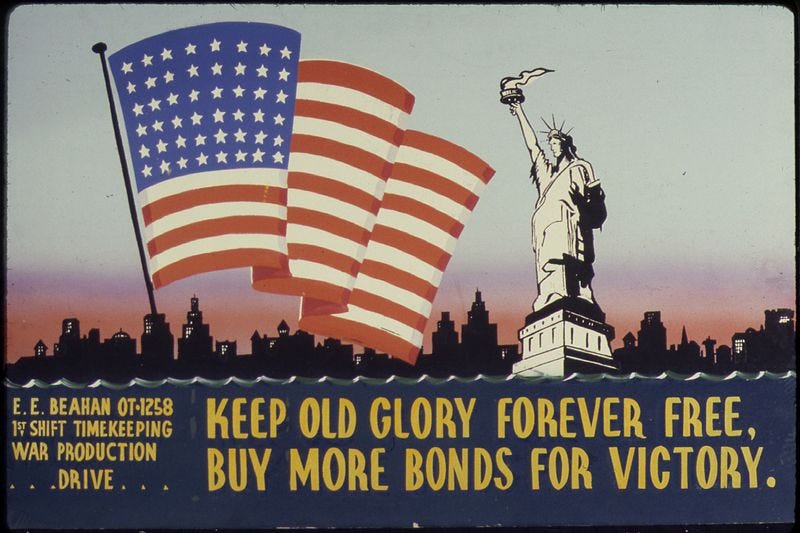TDIH: Origins of "Old Glory"
We know about Captain William Driver’s flag because of one particular event that occurred during the Civil War.
On (maybe) this day in 1831, a sea captain from Massachusetts names his American flag “Old Glory.”
The name that Captain William Driver gave to his flag stuck.
“Old Glory” is more than just a general nickname for our national banner. It is an actual flag, which can be found today at the Smithsonian Institution.
Old Glory’s beginnings are a bit hazy. One version of the story has Driver receiving the flag from his mother for his 21st birthday. Another version has him receiving the flag from a group of women when he first received command of his own ship. Still a third version says that the flag was a thank you gift after a particularly noble action at sea.
Some versions of the story have Driver naming his flag immediately upon receiving it, although that seems to be more legend than fact. He probably named the flag later, after taking it on many journeys around the globe.
Either way, Driver did eventually nickname his personal flag “Old Glory.” Then he retired from his life at sea when his wife passed away in 1837. He moved to Nashville, Tennessee, and remarried. He still flew his flag. It was technically too large for his house, but that didn’t seem to bother him. His daughter later recounted that he strung the flag on a rope from his attic to a tree across the street.
We know about Driver’s flag because of one particular event that occurred during the Civil War. Perhaps unsurprisingly, the Massachusetts native, Driver, supported the Union—and his flag—even though he lived in Confederate Tennessee. At various points during the war, Confederate supporters came to his home, looking for his notoriously large flag. Driver refused to give it up. Instead, he had it sewn into a bed quilt where it remained hidden for many months.
In February 1862, the Union Army entered Nashville. Driver decided that it was time to take Old Glory out of hiding. He took his quilt to the Union forces and demanded to see the “General in command.” Once satisfied that he was talking to the right person, one observer later reported, Driver “pulled out his jack-knife and began to rip open the bedquilt without another word. We were puzzled to think what his conduct meant.”
What did they think when an American flag emerged from that old quilt?
Driver noted that he’d saved the flag and asked that it be raised above the capitol. “He spoke triumphantly, with tears in his eyes,” the observer reported. The flag was raised above the capitol to loud cheers. The Union regiment in Nashville adopted “Old Glory” as its motto. In time, the name was used more widely across the country.
Many years later, Driver gave Old Glory to his daughter Mary. She kept it until 1922, when she donated it to President Warren Harding. He, in turn, gave it to the Smithsonian.
Interestingly, one of Driver’s other daughters would later claim to have the “real” Old Glory. But that is a story for another day.
Sources can always be found on my website, here.





You amaze me how you find and then tell the “unknowns”. You are the Paul Harvey of history; and “that’s the rest of the story.” (PH)
Thank you, Tara.